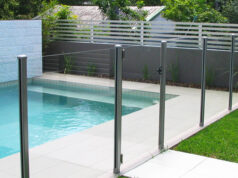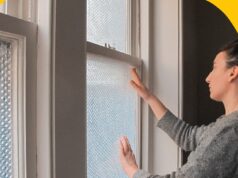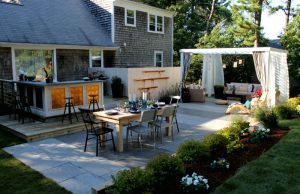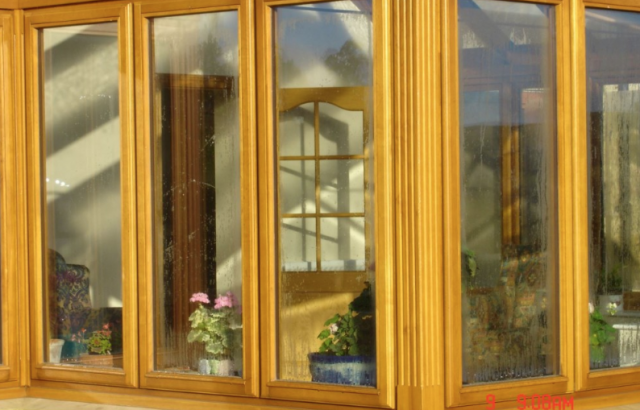
We shouldn’t forget all the advantages and qualities of the material that nature gives us – the wood. Wood is the oldest material used in the construction of joinery. The quality and longevity of wooden windows prove that even today, after many centuries – this material kept its beauty and quality.
In addition to the indispensable aesthetic benefits – wooden windows have several functional positive effects. The wooden windows in our home retain some of nature and make the home more pleasant and nicer to stay.
Despite the great popularity of PVC and al joinery – wooden joinery still holds a leading position in the joinery market. By installing new wooden windows, you can also start saving your money. But how to care and maintain timber windows? We will try to help you with some tips. However, let’s start from the beginning.
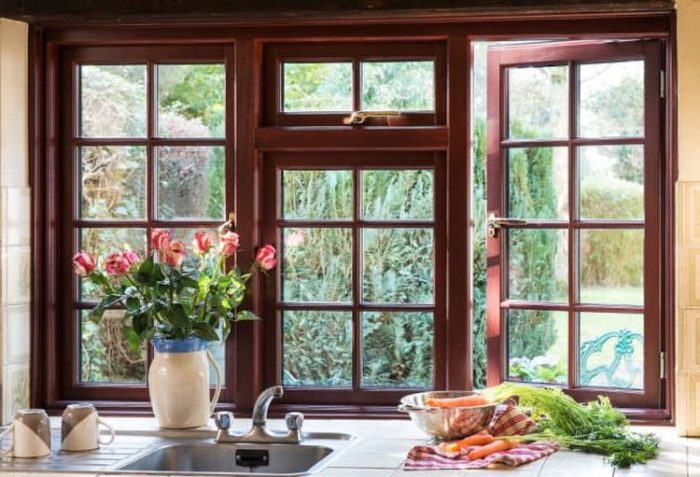
Care and Maintenance Of Wooden Windows and Joinery
You have decided to buy new wooden windows? Congratulations on your choice! Although aluminum and PVC joinery have become increasingly popular – there are still many of us who appreciate the old, good, proven materials such as timber.
However, to be happy with your new product, we have put together a user guide for use, servicing, and maintenance. Just like your car – your window also requires servicing and maintenance to keep you satisfied. If properly stored and maintained, wooden joinery can last you a lifetime. The most important thing, besides proper installation, is regular maintenance – that is coating with adequate agents. These are 10 usual tips on how to maintain your timber windows…
1. Weather And Moisture Protection
Wooden surfaces must be ensured by various coatings as climate conditions harm them. The wood ages affected by daylight, that is – sunlight. The surface patins and turns dark, and the dirt and dust enter further and more profound. Environmental dampness, raining and snowing make the wood swell – and afterward, shrink when dried.
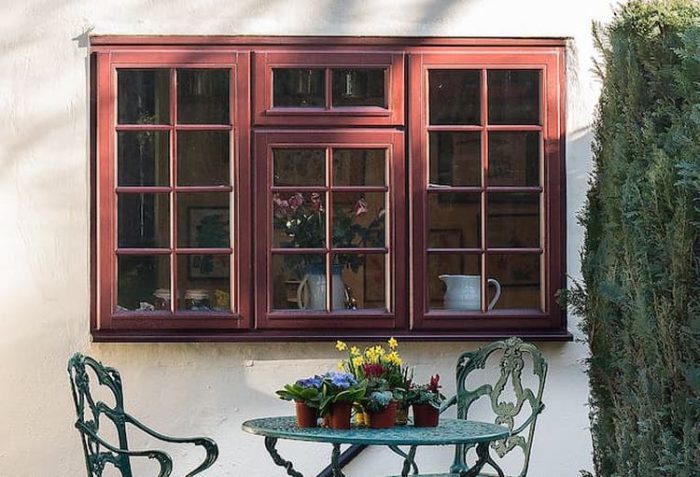
These changes in the wood coat moisture lead to strain that can make the wood split, yet, it can also break or peel-of the covering. That makes the covering lose its defensive capacity. Plus, enormous temperature changes influence the shrinkage and engendering of the wood-securing film – expanding the possibility of covering stripping. This causes more prominent harm, particularly in sloping regions – as day by day temperature vacillations are higher.
2. Harmful UV Rays
Continuous exposure of the timber windows to UV rays causes its degradation. You can also expect to face depolymerization of the film in a combination with frequent wetting. This happens due to heavy rainfalls which can often cause a very acidic film of coating – and help further deterioration.
Therefore, as soon as the first damage of coating occurs – it must be repaired as this is the only way to ensure long-term protection. It is recommended to carry out a detailed inspection of all wooden surfaces at least once a year.
You should pay attention to horizontal windows and surfaces, as they are more exposed to atmospheric influences. Depending on the region in which the house is located – take care of the position of your windows. Generally, you can expect more collapse if your window is facing south or west.
3. Mold And Related Problems
Mold, greyish spots and rotting fungi also occur due to high humidity. Various types of fungi usually cause rot after a while and the wood becomes useless over time. As for the mold and greyish spots, they are more of an aesthetic problem.
Therefore, to preserve the vivid appearance and structure of your timber windows – they must be adequately maintained by suitable means. Since this is the most important feature of the coating for outdoor use – it has a very important role, which is to protect the wood from excessive moisture.
4. Regularly Maintain Wooden Windows
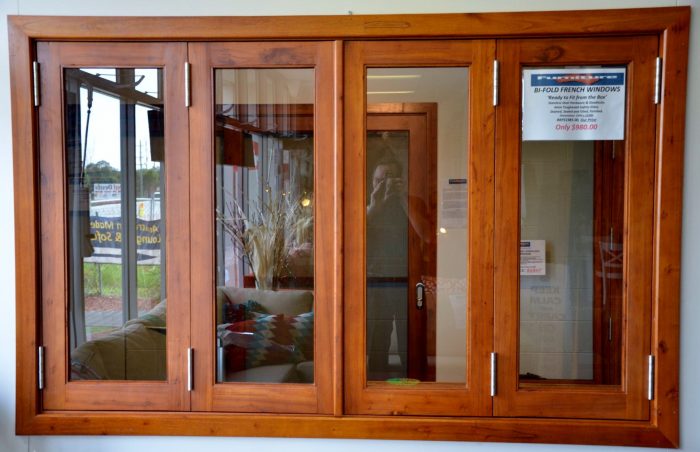
The outer and inner surfaces of the windows are cleaned with plenty of water and a mild detergent such as a universal agent (we recommend that you do not use chemicals). To prevent irreversible damage, do not use cleaning and polishing agents, stone wool, etc. Do not use strong detergents to clean wooden surfaces on the window as they corrode the surfaces.
5. Damage Repair
The varnish layer can be damaged due to weather and construction. In any case, major damage should be repaired by a specialist, so in this case, please contact a professional to assist you.
Companies like Dempsey Dyer can help you troubleshoot problems on your timber windows, as well as prevent new problems from occurring. Minor damages such as scratches, small cracks can be repaired in the early stages with fine sandpaper, wax, and coatings. There is no specific recommendation for window maintenance intervals. The reason is that windows are exposed to different conditions.
6. Consult Sellers
Before selecting coatings, consult with dealers in specialist stores. It is important that you choose the coating that best suits your needs and that will best protect your carpentry. Keep in mind that varnishes and enamels usually contain different solvents and can be harmful to the environment.
Many eco-friendly coatings can also be found in markets – and some of them are based on natural waxes and oils, which are completely harmless to use. The choice is yours – but think carefully before making your final decision. This is the planet your descendants will live on too.
7. Remove Dust and Dirt with a Brush
Only one crack in the frame of your window exposes the wood to moisture – and the decomposition of the wood has begun. Use a dry brush to remove dust from the surface and, where necessary, renew the outer coating.
The moisture content of the wood should be in the range of 15 and 18 percent, and the air temperature around 15 degrees Celsius. When applying the coating, avoid early morning or night because of the influence of dew. For post-treatment, we recommend using water-based paint with high water or oil-based paint in a suitable color. It is also a good idea to wash the sash and frame several times a year when cleaning windows. Use rinse aid with mild detergent to rinse.
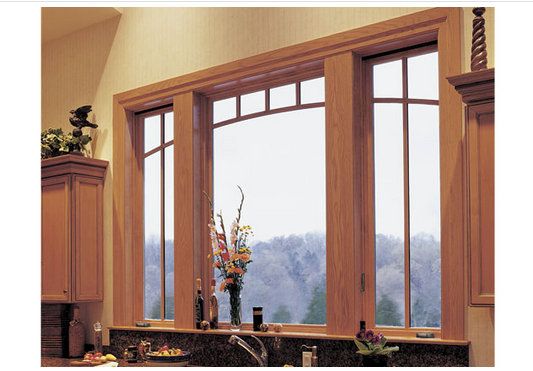
8. External Wood And Aluminium Protection
Wooden joinery combined with aluminum reduces the need for maintenance. It is necessary to wash the aluminum parts from the outside several times a year. It is advisable to adopt the habit of washing the sash and outer frame whenever the window is cleaned.
If you notice physical damage to the frame – remove minor scratches by polishing. For deeper scratches, raw aluminum is exposed, oxidation occurs automatically – which closes the “wounded” area and prevents corrosion. This type of damage is difficult to repair so that the frame has no visible marks. Our advice is: Leave scratched. This does not affect the long life of the window.
9. Maintenance Of The Moving Parts Of The Window
The moving parts do not require much care. However, it would be logical several times a year to lubricate them with a few drops of oil so that they move smoothly. In wet environments, such as coastal areas, lubrication intervals are expected to be much more frequent than once a year.
Under extreme conditions, after a certain number of years, the replacement of exposed shackles is necessary. Besides, the rails for sliding doors and windows should be protected from dust so that they always have a fully functional piece of joinery.
10. Maintenance Of Interior Wood Parts
The interior of the window requires virtually no maintenance. But in most rooms, it will be necessary to remove grease and dust from the sash and frame from time to time. The frequency of cleaning depends on the use and the impact the room is exposed to. Clean with a cloth and a mild detergent.



